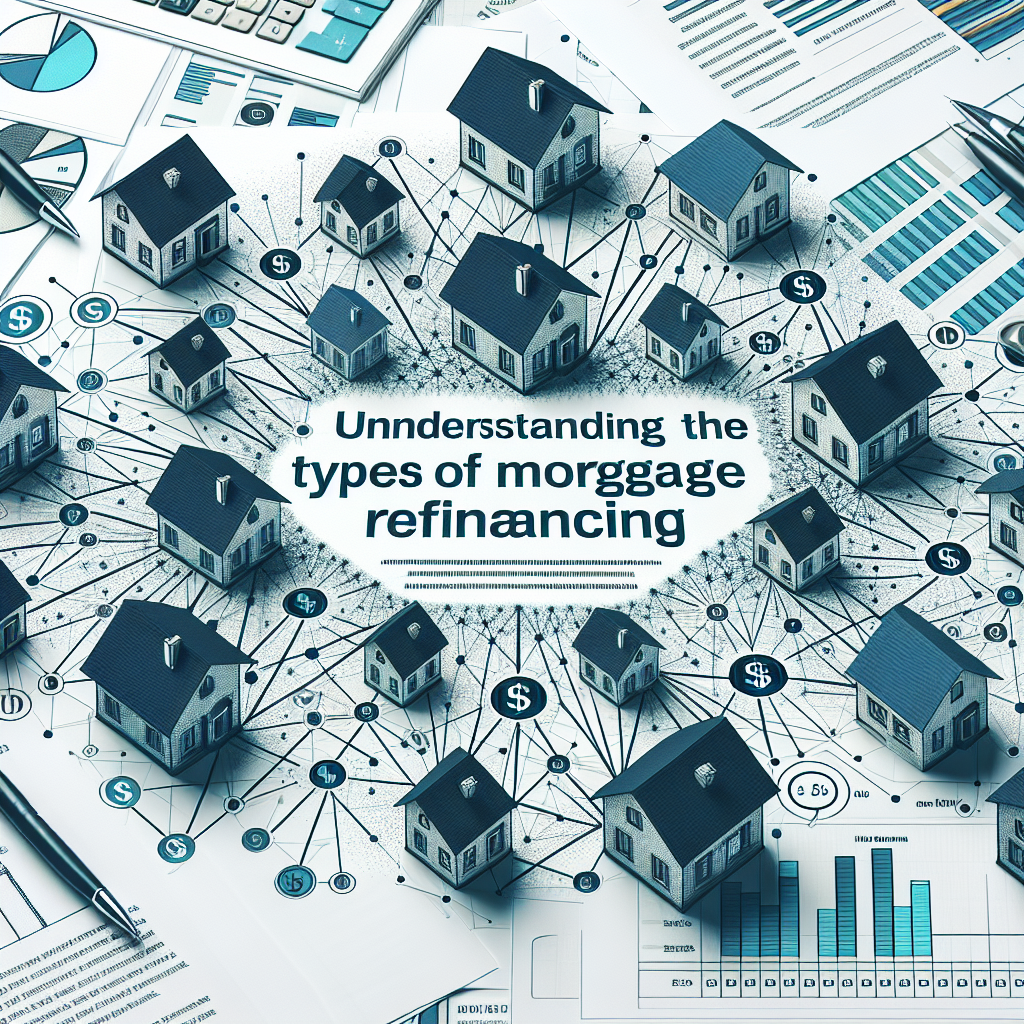Mortgage refinancing is a powerful financial tool that homeowners can utilize to enhance their economic situation. By replacing your current mortgage with a new one, you can potentially secure a lower interest rate, reduce your monthly payments, or even access cash for emergencies or investments. In this article, we’ll delve into the various types of mortgage refinancing options available, helping you make an informed decision tailored to your financial goals.
What is Mortgage Refinancing?
Mortgage refinancing involves taking out a new loan to pay off your existing mortgage. This process can be motivated by a range of factors including changes in interest rates, financial needs, or the desire to shift from an adjustable-rate mortgage (ARM) to a fixed-rate mortgage. Understanding the motivations behind refinancing can help you assess the benefits and drawbacks of the various options available.
1. Rate-and-Term Refinancing
What is Rate-and-Term Refinancing?
Rate-and-term refinancing is the most common type of mortgage refinancing. This method primarily focuses on changing either the interest rate, the loan term, or both. Homeowners may choose this option to secure a lower interest rate, resulting in reduced monthly payments, or to shorten the duration of their loan, allowing them to pay off their mortgage faster.
Benefits of Rate-and-Term Refinancing
- Lower Monthly Payments: Securing a lower interest rate can significantly reduce monthly mortgage payments.
- Shortening the Loan Term: Transitioning from a 30-year loan to a 15-year loan can lead to considerable interest savings over time.
- Improved Equity: Paying off the mortgage sooner increases home equity faster.
2. Cash-Out Refinancing
What is Cash-Out Refinancing?
Cash-out refinancing allows homeowners to tap into their home equity by borrowing more than their existing mortgage balance. The difference is paid out in cash, which can be used for various purposes such as home improvements, debt consolidation, or funding a significant purchase.
Benefits of Cash-Out Refinancing
- Access to Cash: Homeowners can utilize cash for urgent expenses or investments.
- Lower Interest Rates: Instead of high-interest personal loans or credit cards, cash-out refinancing can provide funds at a lower interest rate.
- Home Improvements: Enhancing your property can increase its overall value.
3. Cash-In Refinancing
What is Cash-In Refinancing?
Cash-in refinancing involves putting cash into your mortgage to reduce the principal balance. This type of refinancing is ideal for homeowners who have accumulated savings and wish to lower their monthly payments or secure better loan terms.
Benefits of Cash-In Refinancing
- Lower Monthly Payments: Reducing the loan amount can lead to significant savings in monthly payments.
- Lower Interest Rates: Paying down the principal increases your equity, potentially qualifying you for a lower interest rate.
- Avoiding Private Mortgage Insurance (PMI): If your equity reaches 20% or more, you may be able to avoid PMI, saving you additional costs.
4. Streamline Refinancing
What is Streamline Refinancing?
Streamline refinancing is designed for homeowners with government-backed loans, such as FHA or VA loans. This process is typically faster and requires less documentation compared to traditional refinancing.
Benefits of Streamline Refinancing
- Minimal Documentation: Fewer requirements make the process quicker and easier.
- Lower Interest Rates: Homeowners can access new, lower interest rates that may decrease their payments without extensive paperwork.
- Faster Processing: The streamlined application process helps you close the loan quickly, leading to immediate savings.
5. Adjustable-Rate Mortgage (ARM) Refinancing
What is ARM Refinancing?
Adjustable-rate mortgage refinancing entails switching from an ARM to another type of mortgage, such as a fixed-rate mortgage, or refinancing to a different ARM. This option can help homeowners secure a more favorable interest rate or terms.
Benefits of ARM Refinancing
- Stability: Transitioning to a fixed-rate mortgage provides predictable monthly payments.
- Potential Savings: Homeowners can benefit from lower initial rates with a new ARM, although a careful risk assessment is necessary.
- Flexibility: Switching to a different ARM may offer better terms or lower rates.
Conclusion
Mortgage refinancing offers various options to meet different financial needs and goals. By understanding the intricacies of each type—rate-and-term, cash-out, cash-in, streamline, and ARM refinancing—you can make informed decisions that align with your financial situation. Always consult with a mortgage professional to analyze your options and determine the best fit for your needs. Refinancing can be a strategic move towards financial stability, so take the time to research and understand your choices.
Remember, the key to successful refinancing lies not only in the type chosen but also in timing, market conditions, and your personal financial goals.

